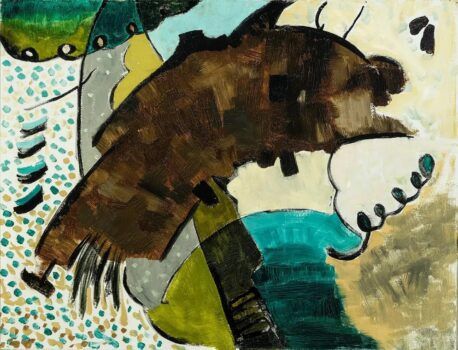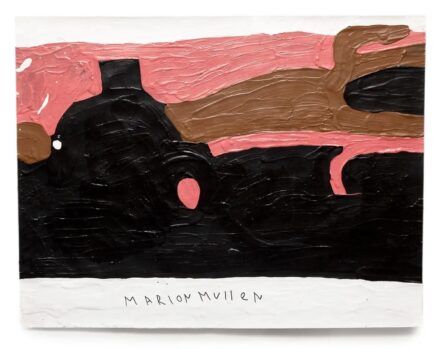Japan’s Meiji period (1868–1912) was a time of rapid modernization and expanding international trade, ideal conditions for the nation’s artisans to showcase their talents on a global stage. Among them was Senzan (泉山), a skilled ceramist known for his Satsuma ware, a type of earthenware named for the province where it originated, around the late 16th century, and which by the 19th century was characterized by an ivory-colored background and elaborate designs embellished with gold.
One particularly fine example of the maker’s work is a late-19th-century Satsuma bowl covered with cranes and butterflies.
The vessel’s silhouette echoes those of earlier Edo-period chawan — bowls used in the ritualized preparation of tea. But Satsuma ware’s purpose had evolved. No longer intended solely for domestic tea ceremonies, Satsuma ceramics of the Meiji era were created with an international audience in mind. The West had developed an insatiable appetite for Japanese craftsmanship, and artists like Senzan responded by creating intricately detailed works that embodied Japanese tradition while aligning with a Western taste for opulence.

“The form and the representation preserved a sense of continuity with Japanese cultural tradition,” says Andrea Mastromauro, the Milan-based dealer and founder of Mastromauro Japanese Art, which is offering the bowl for sale on 1stDibs. “But the decoration was tailored to meet the expectations of European and American collectors, making these objects both cultural ambassadors and high-quality art commodities.”
What sets this piece apart is its remarkable use of relief enamel, a technique seldom seen in Satsuma ware. Encircling the bowl are Manchurian cranes rendered in raised, almost sculptural detail. This dimensionality epitomizes the technical mastery and bold experimentation that characterize the best Meiji-era ceramics.
The choice of subject is just as meaningful. “The Manchurian crane, like many animals in Japanese iconography, is a symbol of good fortune, loyalty and longevity,” says Mastromauro.

The Manchurian crane also resonates with the symbolism of the orizuru, the folded-paper crane of origami. It evokes wishes for healing and peace, making it particularly significant for those attuned to both the visual and cultural narratives of Japanese art. The vibrantly hued interior, meanwhile, displays the thousand-butterflies motif, which symbolizes transformation and rebirth and is prized by Satsuma collectors.
In this bowl, Senzan achieves a rare harmony, merging shape and symbolism, technical innovation and tradition. It stands as a testament not only to the golden age of Satsuma ceramics but to the enduring appeal of Japanese artistry on the world stage.






